Press Release: Veritas Press C.I.C. Author: Kamran Faqir Article Date Published: 25 Aug 2025 at 15:27 GMT Category: Middle East | Palestine-Gaza | US-Israel At War Source(s): Veritas Press C.I.C. | Multi News Agencies
An Israeli airstrike on the Nasser Medical Complex in Khan Yunis, southern Gaza, killed at least 20 people on Monday, including five journalists, a rescue worker, and multiple hospital staff members, further plunging the enclave into a deepening humanitarian crisis. Scores more were wounded in what medical officials describe as a “double-tap” attack, one missile striking the hospital’s fourth floor, followed moments later by a second strike as rescue teams rushed to the scene.
Among the journalists killed were Hussam al-Masri (Reuters), Mohammed Salama (Al Jazeera), Mariam Abu Daqqa (freelance), Moaz Abu Taha, and Ahmed Abu Aziz (Quds Feed Network). Gaza Civil Defence confirmed that one of its members was killed and seven others were injured while evacuating the wounded.
Local sources said that the initial strike directly hit the hospital’s fourth floor, and a subsequent drone attack targeted the Al-Yassin building within the complex, even as medics and journalists worked to recover casualties from the first strike. The repeated targeting of the same site, in what human rights groups call a “double-tap” method, is increasingly viewed as a tactic designed to maximise civilian casualties and impede rescue operations.
Hospitals In Gaza Under Siege:
Nasser Hospital is one of southern Gaza’s largest medical facilities and has repeatedly been struck during Israel’s 22-month offensive. In June, an earlier attack killed three people and wounded ten, with Israel claiming it targeted Hamas fighters allegedly operating from the hospital, a claim for which no evidence has been provided.
“Medical teams are overwhelmed,” said Tareq Abu Azzoum, a Gazan journalist. “Even before this strike, the hospital was operating beyond capacity, with critical shortages of supplies and staff. It’s devastating to see healthcare deteriorate while the attacks continue.”
Since the conflict’s escalation on October 7, 2023, Israel has killed over 200 journalists in Gaza, making the enclave the deadliest place in the world for media workers. Rights groups have accused Israel of systematically targeting journalists to suppress independent coverage of the ongoing conflict.
“The attack on Nasser Hospital is part of a broader pattern of deliberate targeting of media and health infrastructure,” said Rania Khalaf, a spokesperson for the Committee to Protect Journalists. “The international community must hold Israel accountable for these violations under international law.”
International And Legal Implications:
The Israeli military confirmed conducting a strike in the area but has not explained why the hospital was hit. An initial inquiry has been ordered, though Israel has repeatedly avoided providing evidence when hospitals and schools have been struck, claiming they were used by militants.
Human rights organisations have condemned the attacks as potential war crimes. Al Jazeera called the killing of its journalist, Mohammed Salama, a violation of international law and an “unlawful act of targeting the press.” The Associated Press similarly condemned the death of Mariam Abu Daqqa, highlighting the risks journalists face while reporting on humanitarian crises in Gaza.
The repeated bombing of Gaza’s medical facilities, including Nasser Hospital, has left the healthcare system on the brink of collapse. Hospitals struggle to operate without electricity, medical supplies, or adequate staff. “The medical system in Gaza is disintegrating under these strikes,” said Dr. Samir Khalil, a senior physician in Khan Yunis. “Every attack on a hospital isn’t just an attack on the building, it’s an attack on the lives of every patient inside.”
Broader Context:
Monday’s attack is emblematic of the wider strategy that has left Gaza’s civilian infrastructure systematically destroyed. UN agencies have warned of the imminent collapse of the enclave’s health system, a crisis compounded by water shortages, famine, and ongoing military assaults.
The targeting of journalists, medical personnel, and hospitals raises serious questions under international humanitarian law. Legal experts argue that repeated, indiscriminate attacks on protected civilian infrastructure could constitute war crimes, while human rights groups stress that accountability mechanisms remain weak.
“The situation in Gaza has become untenable,” said Amal Farhat, a legal analyst specialising in conflict law. “Hospitals, schools, and journalists are being treated as military targets. This is not only a humanitarian disaster, it is a deliberate attempt to silence witnesses to the conflict.”
The Human Toll:
For the residents of Khan Yunis, the attack is yet another blow to a community already reeling from years of blockade and bombardment. Survivors described scenes of chaos as rescue teams pulled bodies from rubble and transported the injured to what little functioning medical infrastructure remained.
“This hospital was our last hope,” said a local nurse who survived the strike. “We are losing not just our colleagues and patients, but the ability to provide any care at all. Every strike like this pushes Gaza closer to complete collapse.”
As the international community debates responses, Gaza’s healthcare workers, journalists, and civilians continue to bear the brunt of a conflict increasingly defined by attacks on essential services. Monday’s bombing of Nasser Hospital is both a human tragedy and a stark illustration of the wider strategy that continues to devastate the Strip.
In Conclusion:
The airstrike on the Nasser Medical Complex is not an isolated tragedy but a meticulously executed point of convergence in a long-standing strategy to dismantle the very pillars of a functional society under the hollow pretext of military necessity. The “double-tap” methodology, a tactic condemned by human rights observers for its explicit design to maximise casualties among first responders and journalists, transforms a war zone into a calculated killing field. This is not collateral damage; it is a calibrated operation that targets the two essential systems capable of documenting the conflict and mitigating its human cost: journalism and medicine.
The systematic eradication of over 200 journalists in Gaza points to a campaign far beyond the fog of war. It is a deliberate strategy of information control, aimed at blinding the world and extinguishing the last remnants of independent witness. Similarly, the repeated targeting of hospitals, pushed to the brink of collapse by siege and direct assault, constitutes the dismantling of humanity’s final sanctuary. This destruction is part of a broader, more sinister project: the systematic targeting of civilian infrastructure, homes, universities, libraries, power grids, and water systems, which constitutes nothing less than the erasure of the conditions necessary for life and communal existence. It is an attack on Gaza’s future, designed to render the territory uninhabitable and erase the cultural and social fabric of Palestinian life.
Ultimately, the IDF’s use of unverified “targeted killings” serves as a moralistic alibi, a cynical facade to justify this broader campaign of silencing and erasure. This rhetoric allows Israel to maintain a false veneer of ethical superiority while systematically dismantling Palestinian life, narrative, and future.
Israel’s recurring justification, targeting Hamas operatives within civilian infrastructure, has become a perverse, self-issuing license for atrocity, offered without evidence and accepted without meaningful challenge by the international bodies designed to prevent such crimes. This cycle of violence and unaccountability reveals a stark truth: the mechanisms of international law and diplomacy have been rendered functionally obsolete in the face of this conflict. The endless “calls for investigation” are not precursors to justice but its substitute, a rhetorical tool that allows the world to perform concern while the infrastructure of life in Gaza is methodically erased.
Therefore, the bombing of Nasser Hospital is the ultimate expression of this impunity. It is a message that there will be no witnesses and there will be no healing. The victims, the journalists, the medics, the rescue workers, were not simply killed; they were targeted for what they represented: eyes on the truth and hands of mercy. Their deaths are a direct assault on the principles of justice and humanity, leaving Gaza not just in a state of physical ruin, but in a moral vacuum where the laws of war have been supplanted by the logic of eradication. Until this blanket of impunity is torn away by concrete, punitive action, these attacks will not be the grim exceptions of war, but its intended, and horrifyingly successful, outcome.
Tags:
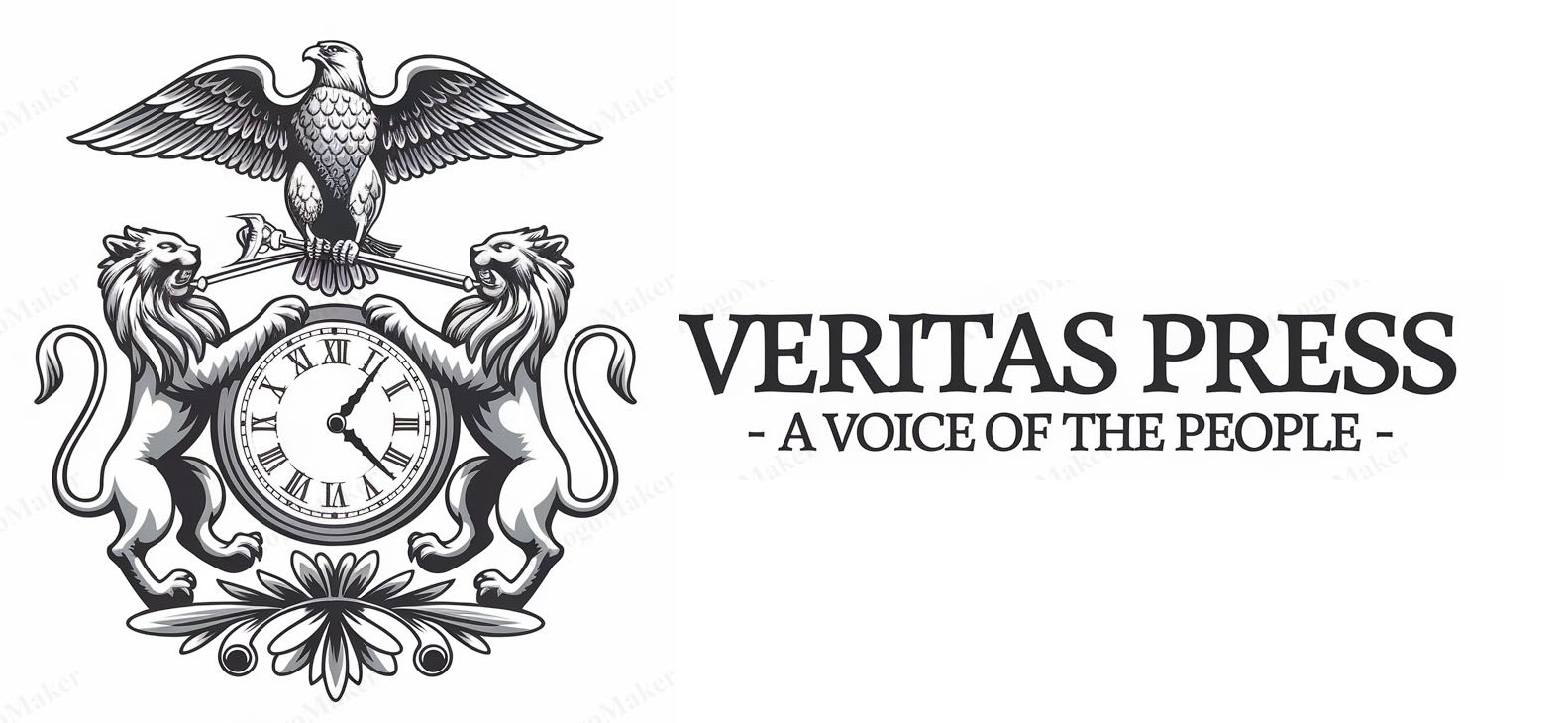
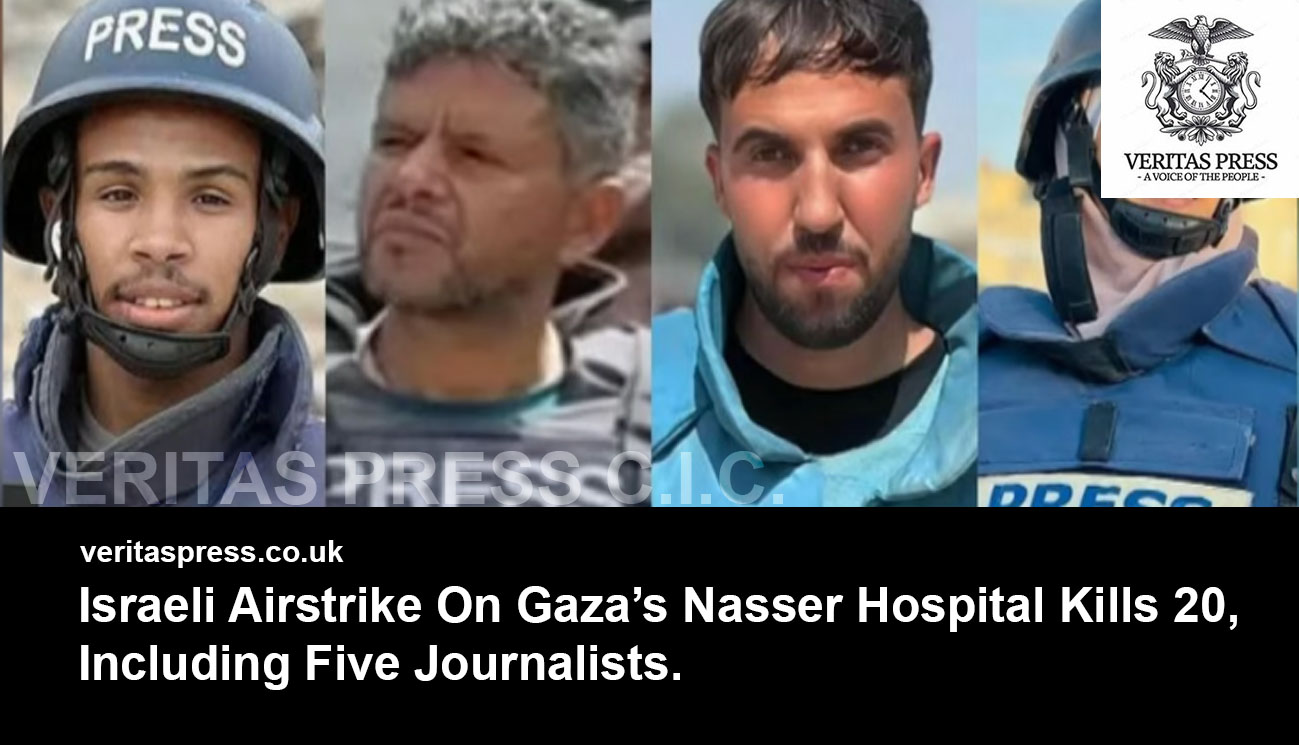

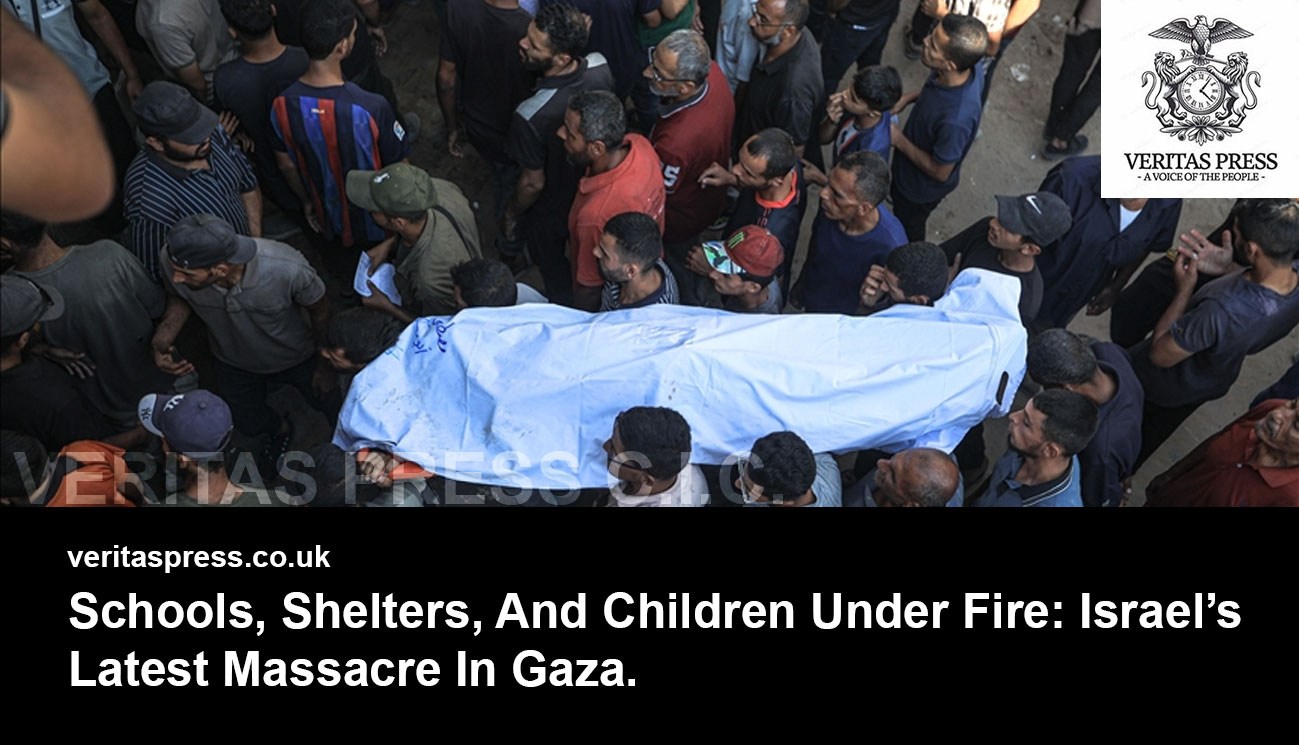




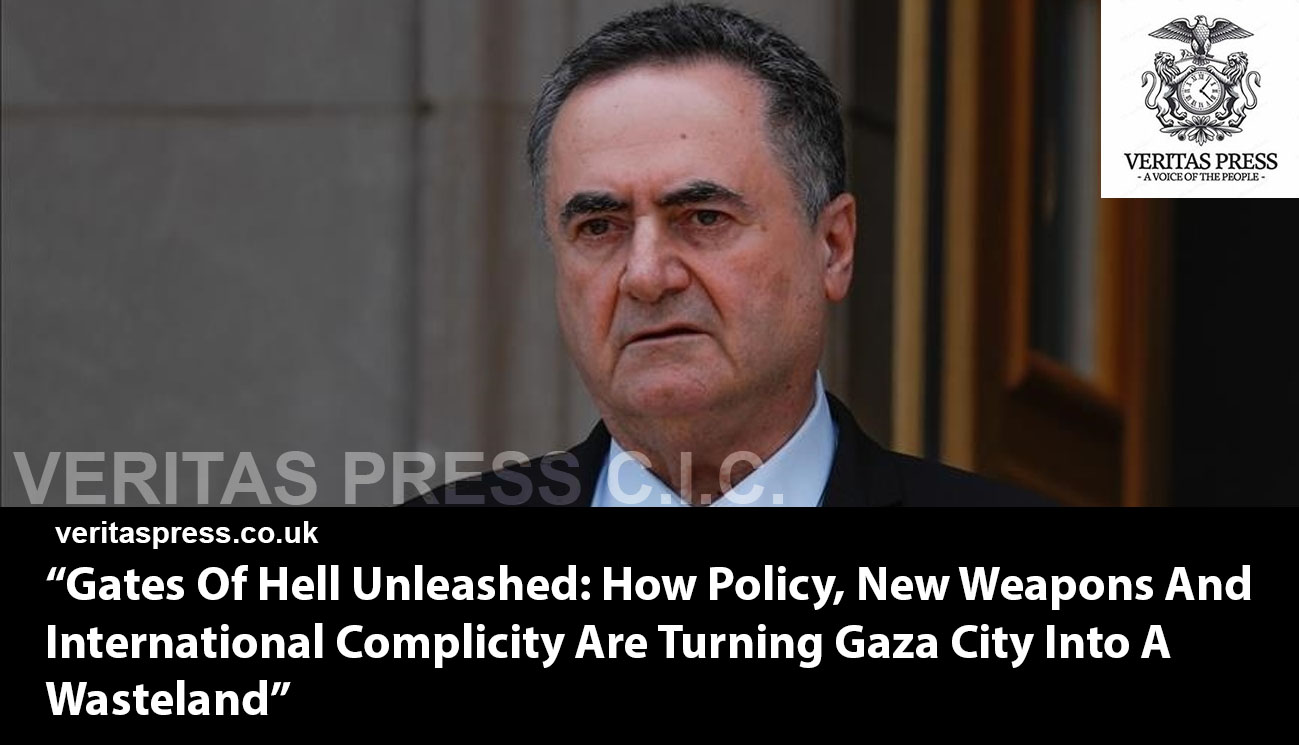
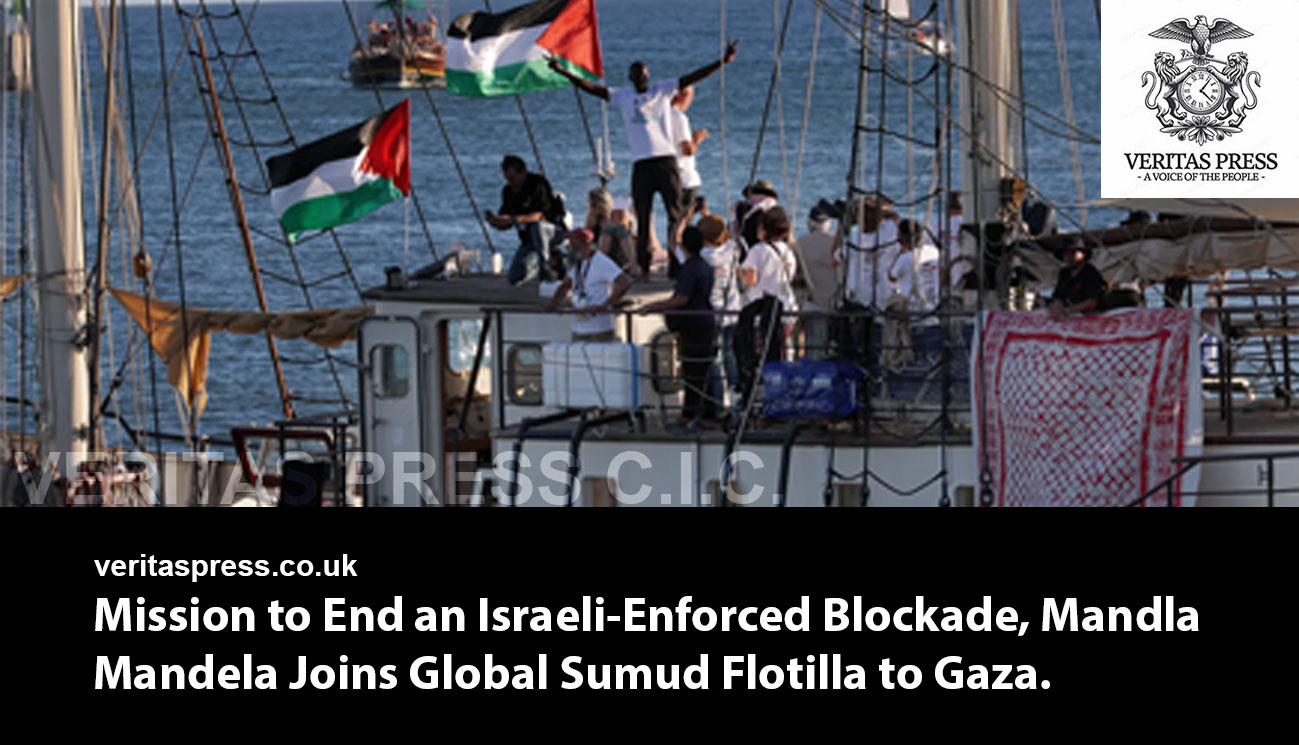
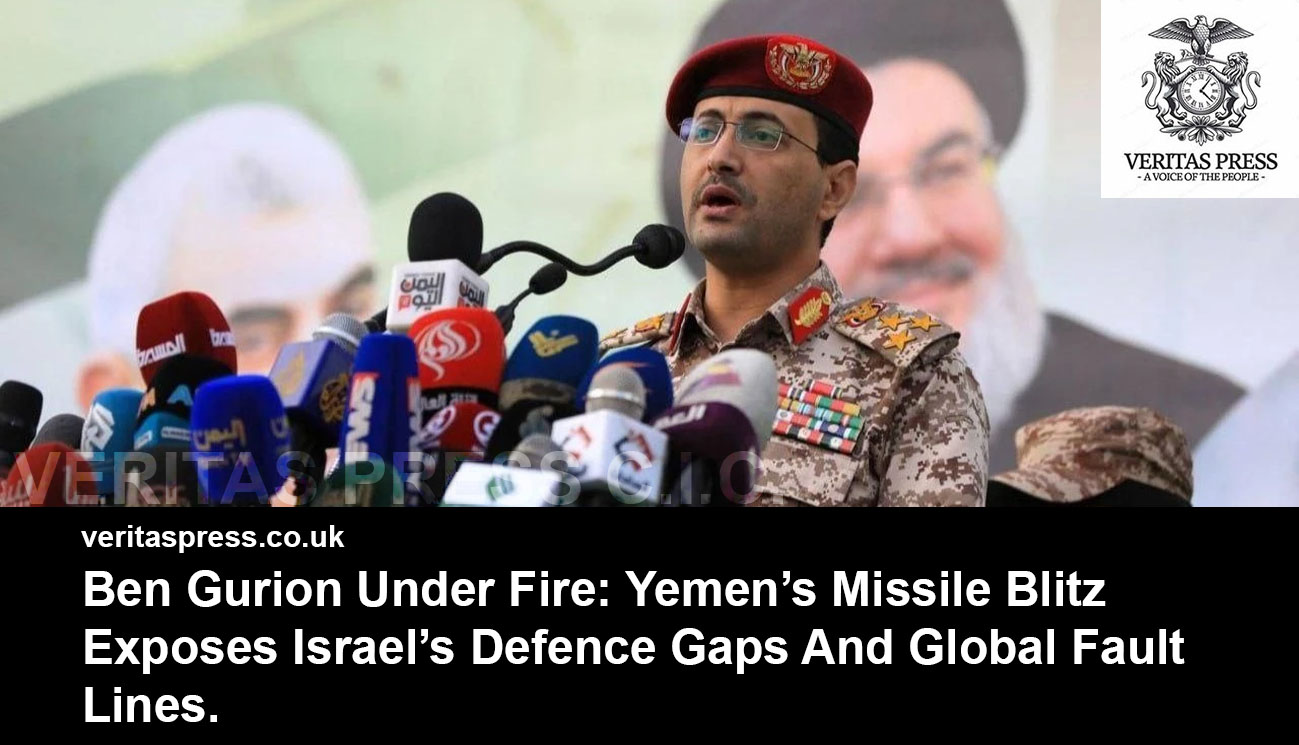
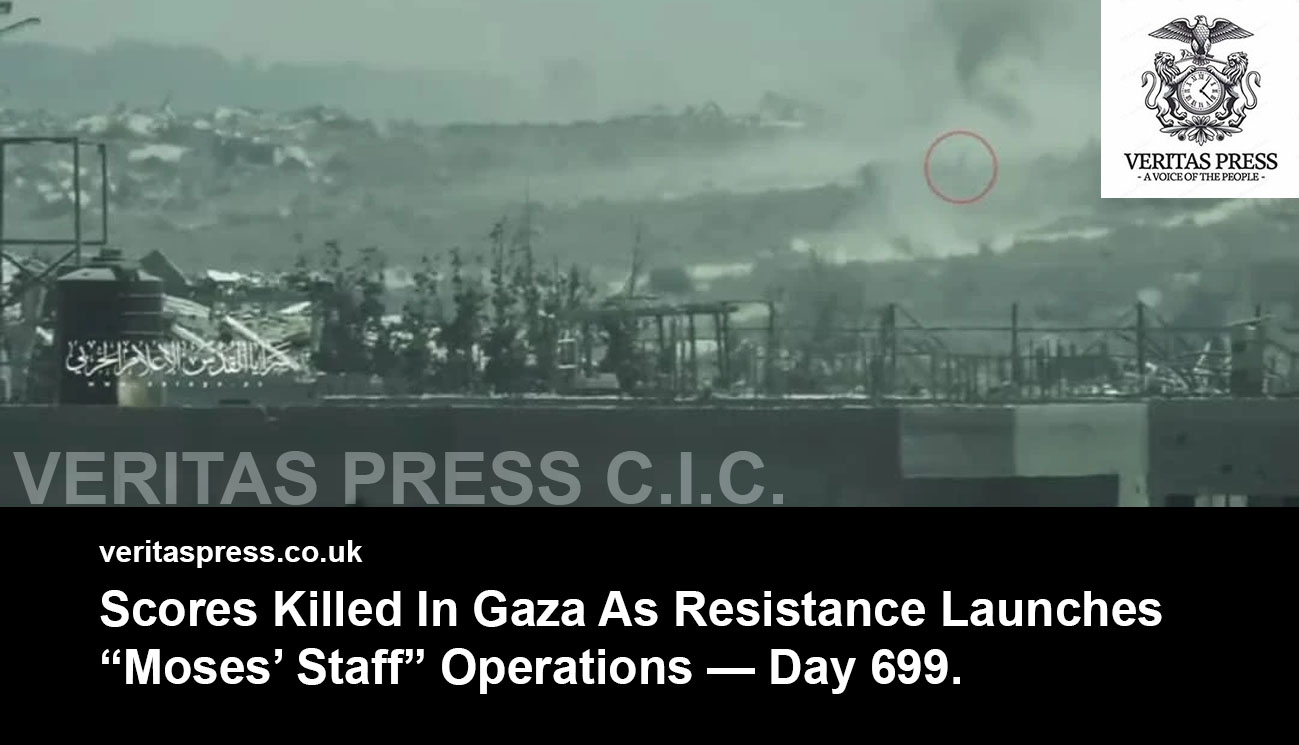
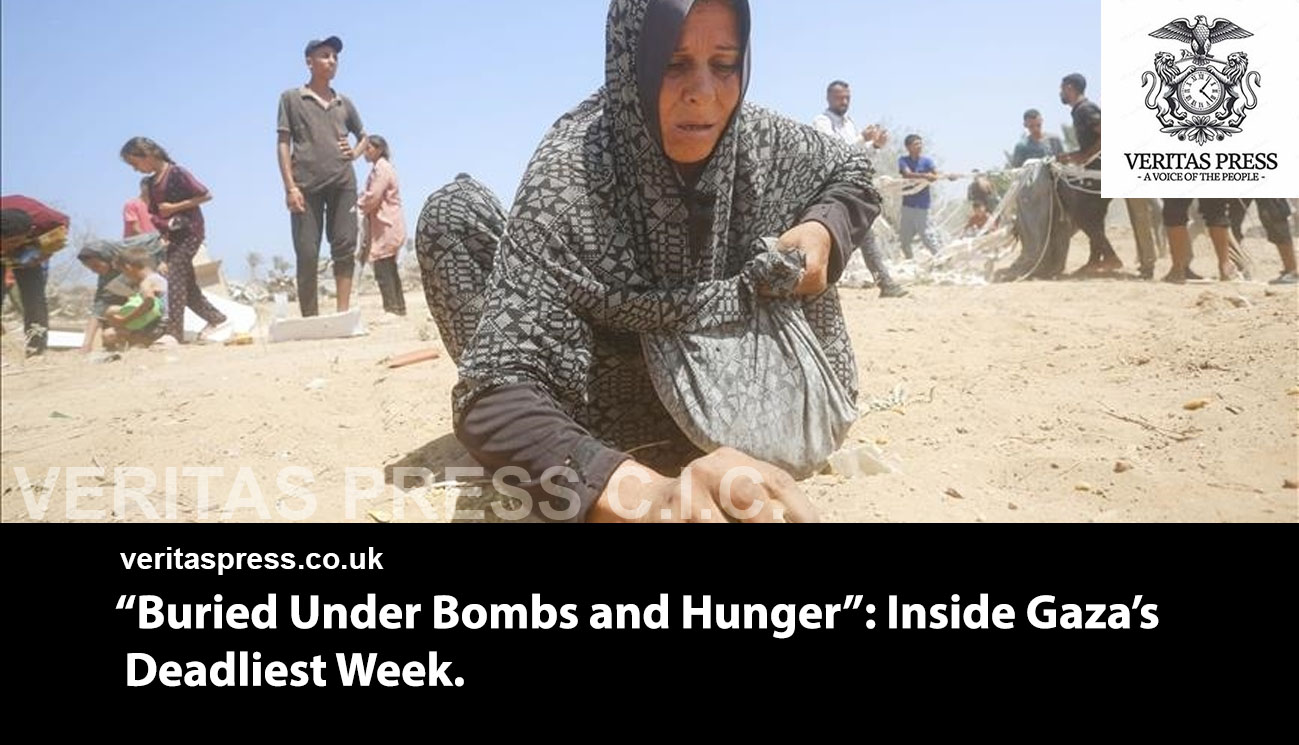
Leave a Reply